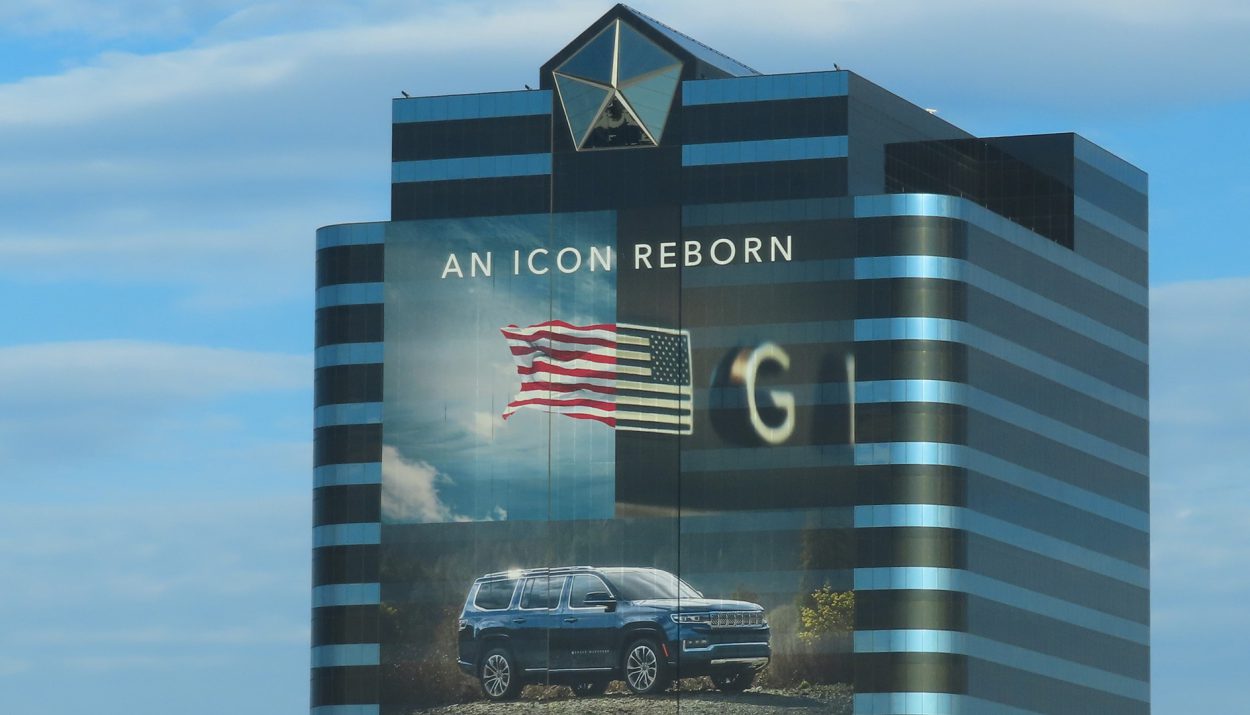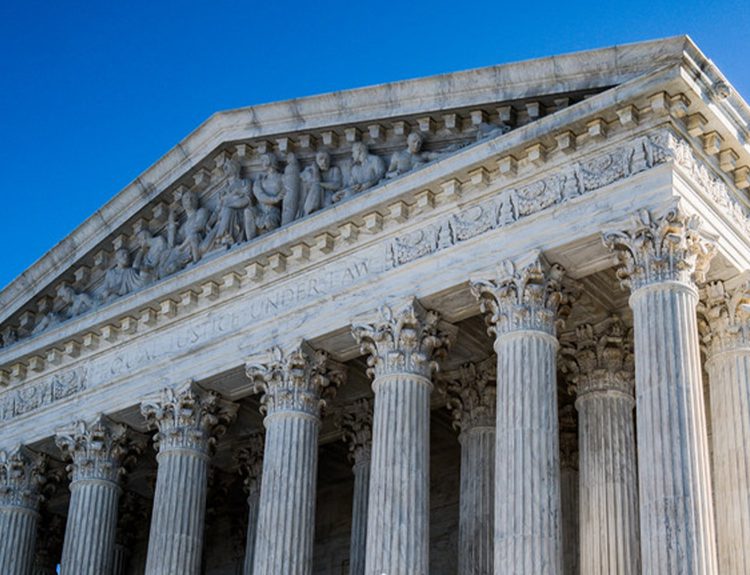In the ever-evolving landscape of the automotive industry, some once-iconic brands find themselves teetering on the brink of financial ruin. As the market shifts towards electric vehicles and new players emerge, these struggling companies face an uncertain future. Join us as we explore the precarious positions of ten automotive giants and the challenges that threaten their very existence.
Jaguar: A Luxury Brand in Jeopardy
Jaguar, the British luxury automaker, has been hemorrhaging money for years, leaving its future in doubt. Despite being part of the Tata Motors group, Jaguar’s sales pale in comparison to its sister company, Land Rover. With plans to go all-electric by 2025, the brand faces the daunting task of reinventing itself or risking extinction.
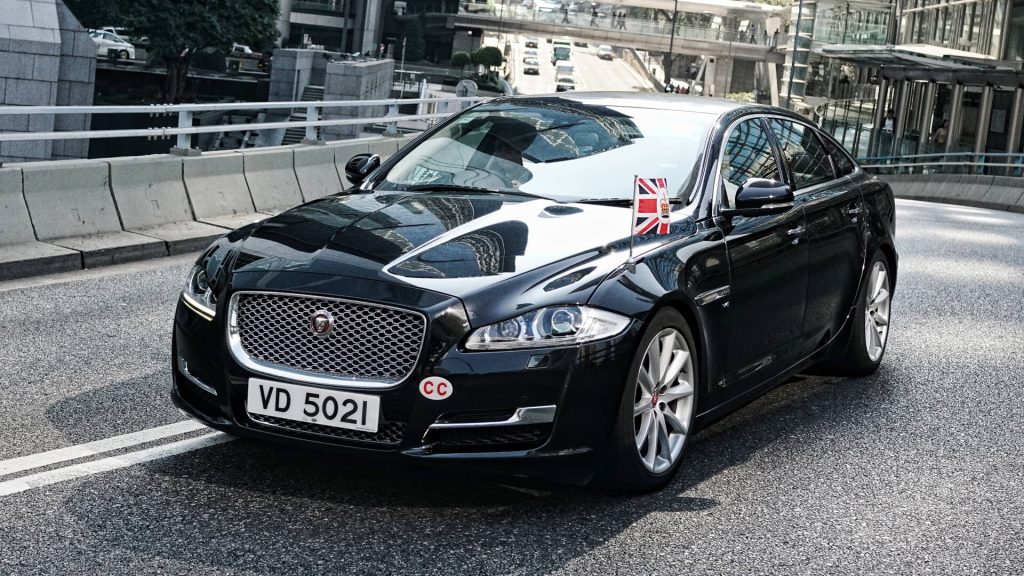
As Jaguar navigates the treacherous waters of the automotive industry, its fate hangs in the balance. Without a significant revitalization effort or a potential buyout, the iconic brand may soon become a mere footnote in the annals of automotive history.
Mazda: The First Domino to Fall?
Some industry experts predict that the entire Japanese automotive industry is headed for bankruptcy, and Mazda could be the first casualty. In 2020, the company sought a $4.2 billion bailout to stave off financial collapse. However, with no electric vehicles in its lineup, Mazda’s future remains uncertain.
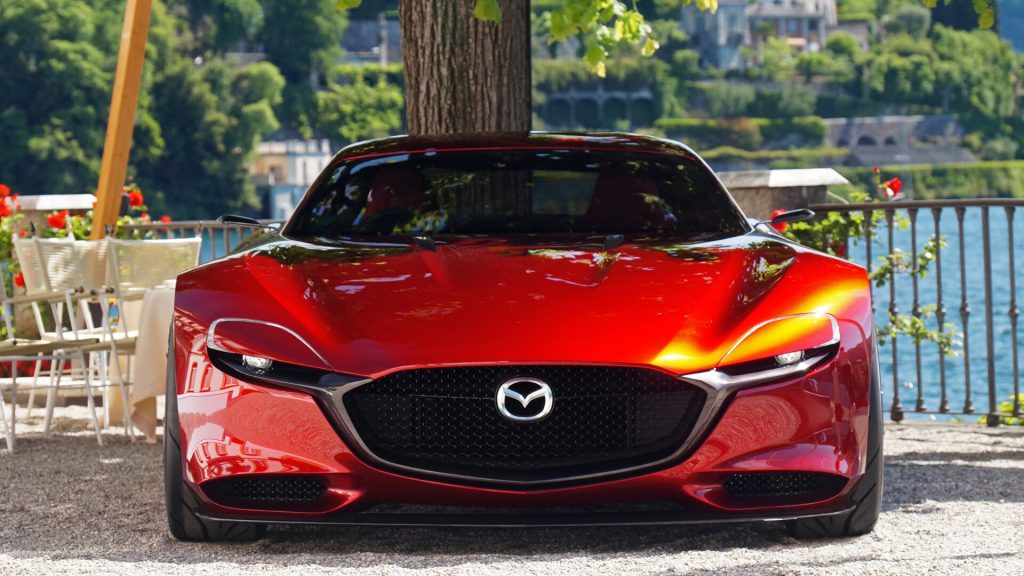
As the cash from the bailout dwindles, Mazda finds itself in a race against time to adapt to the changing market. Without a strong presence in the electric vehicle segment, the brand risks being left behind by its competitors.
Chrysler: A Shadow of Its Former Self
Chrysler, once a pillar of the American automotive industry, filed for bankruptcy in 2009 and has been struggling ever since. With only two models in its lineup—a sedan and a minivan—the brand’s offerings are severely limited. Despite being owned by Stellantis, Chrysler’s future looks bleak.
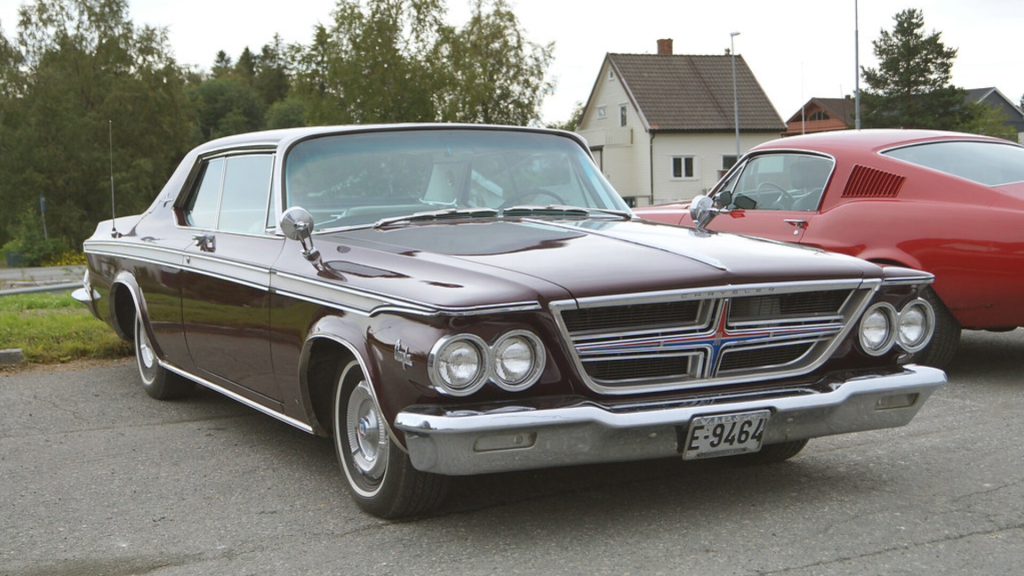
The brand’s plan to go fully electric by 2028 may further compound its troubles, as it attempts to navigate the challenging transition in an already weakened state. Chrysler’s glory days seem to be firmly in the rearview mirror.
Cadillac: A Faded Icon
Cadillac, the once-epitome of American luxury, narrowly escaped its demise when GM filed for bankruptcy in 2009. Despite efforts to compete with German luxury brands and Tesla’s electric offerings, Cadillac has struggled to regain its former prestige.
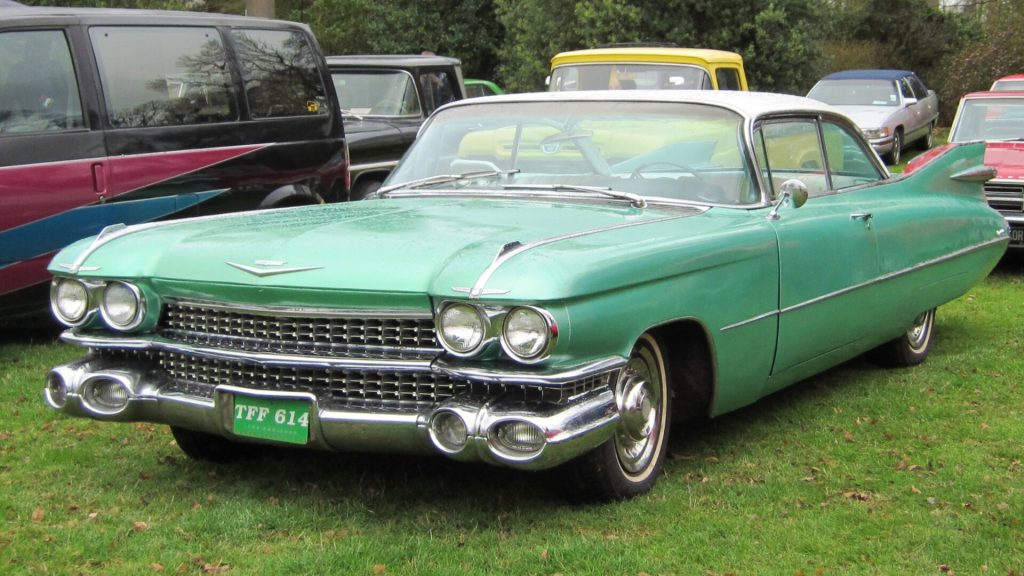
With its Super Cruise autopilot technology failing to make a significant impact, Cadillac’s future appears to be on a downward trajectory. The brand must find a way to recapture its lost luster or risk fading into obscurity.
McLaren: A Supercar Maker in Peril
McLaren, the British supercar manufacturer, has been grappling with massive losses and financial pressures in recent years. Catering to a niche market of ultra-wealthy buyers, McLaren has consistently fallen short of its projected sales targets.
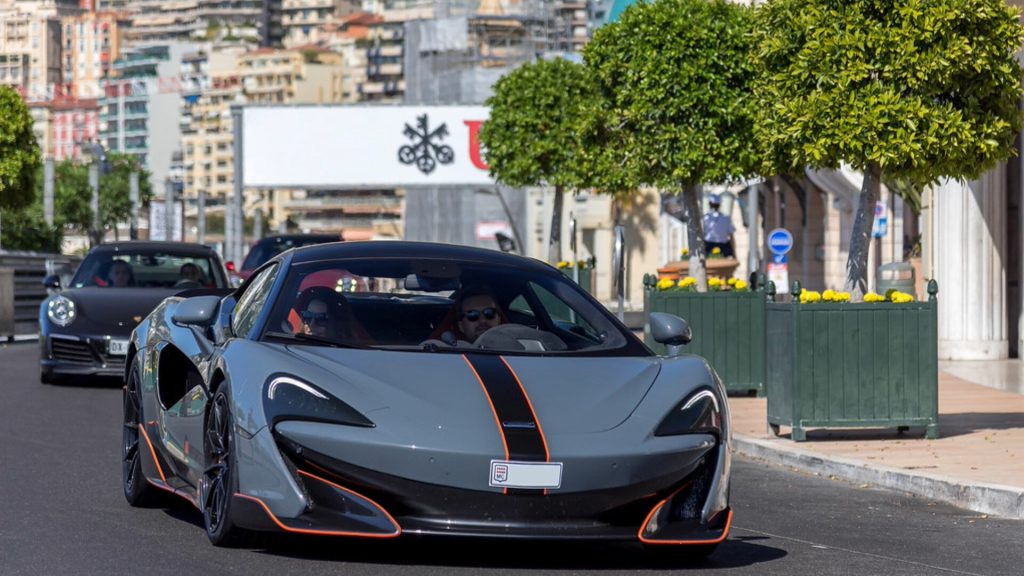
In 2023, the company narrowly avoided bankruptcy thanks to an $80 million bailout from Mumtalakat. However, the question remains: how long can McLaren sustain itself in the face of slowing demand and mounting financial woes?
Mitsubishi Motors: A Shrinking Presence
While Mitsubishi as a conglomerate may endure, its automotive division, Mitsubishi Motors, faces an uncertain future. With lackluster sales figures for its best-selling model, the Outlander, and a diminishing presence in key markets like the United States, China, and Europe, the brand’s prospects appear grim.

As Mitsubishi Motors continues to retreat from major markets, it begs the question: who will be left to buy their vehicles? The brand must find a way to revitalize its lineup and regain its footing, or risk becoming a footnote in automotive history.
Volvo: Struggling to Adapt
As the automotive industry races towards an electric future, Volvo finds itself grappling with the challenges of adaptation. The Swedish automaker’s decision to cut off funding for its EV-focused brand, Polestar, raises concerns about its commitment to electrification.
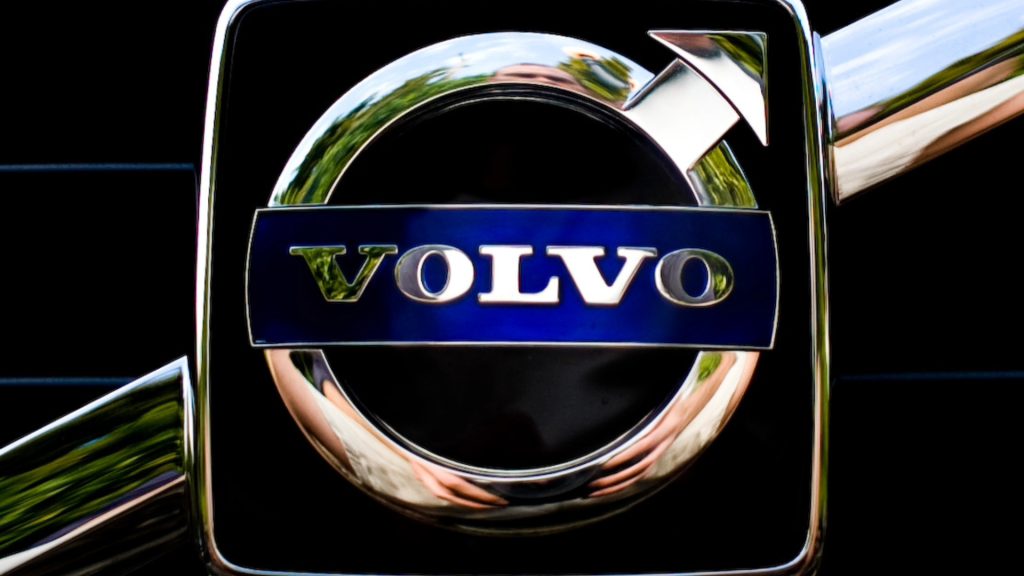
With no models in the top 25 best-seller list and a significant drop in sales in 2022, Volvo’s reliance on gasoline-powered vehicles like the XC60 may prove to be its Achilles’ heel. Unless Volvo can produce a successful EV or hybrid, its future looks increasingly uncertain.
Polestar: A Struggling EV Contender
Polestar, the Swedish electric vehicle brand, has seen its shares plummet by up to 83% since 2022. With Volvo diluting its ownership and the company announcing a 15% workforce reduction, Polestar’s future hangs in the balance.
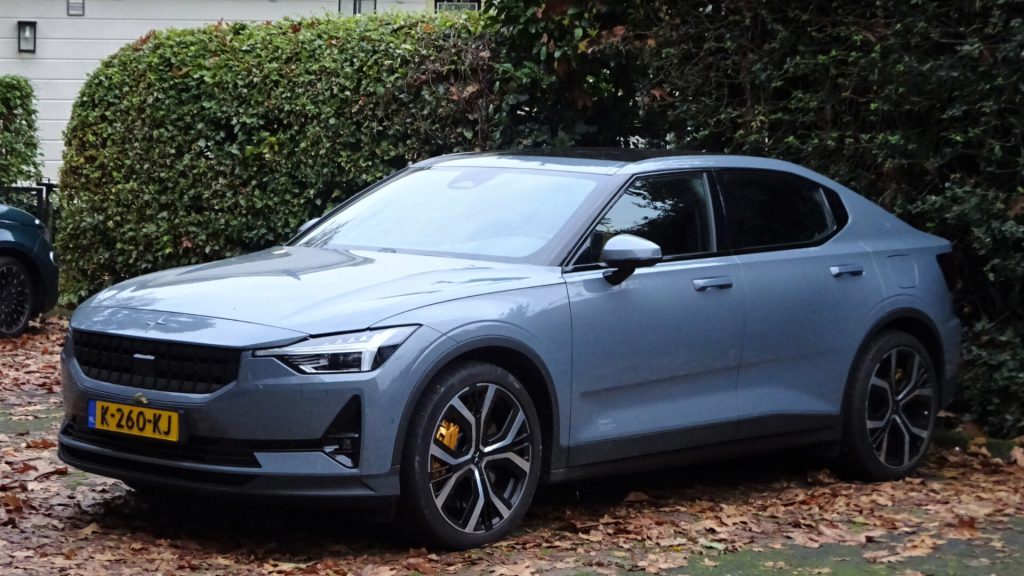
Despite raising nearly $1 billion in debt financing and receiving a bailout from Chinese multinational automotive company Geely, Polestar’s path to success remains fraught with obstacles. The brand must prove its mettle in an increasingly competitive EV market or risk being left behind.
Buick: The End of an Era
Buick, one of the oldest brands under the General Motors umbrella, faces an uncertain future as sales continue to decline. With GM’s plan to transform Buick into an all-electric brand, the company risks alienating a customer base that may not be ready for the shift.
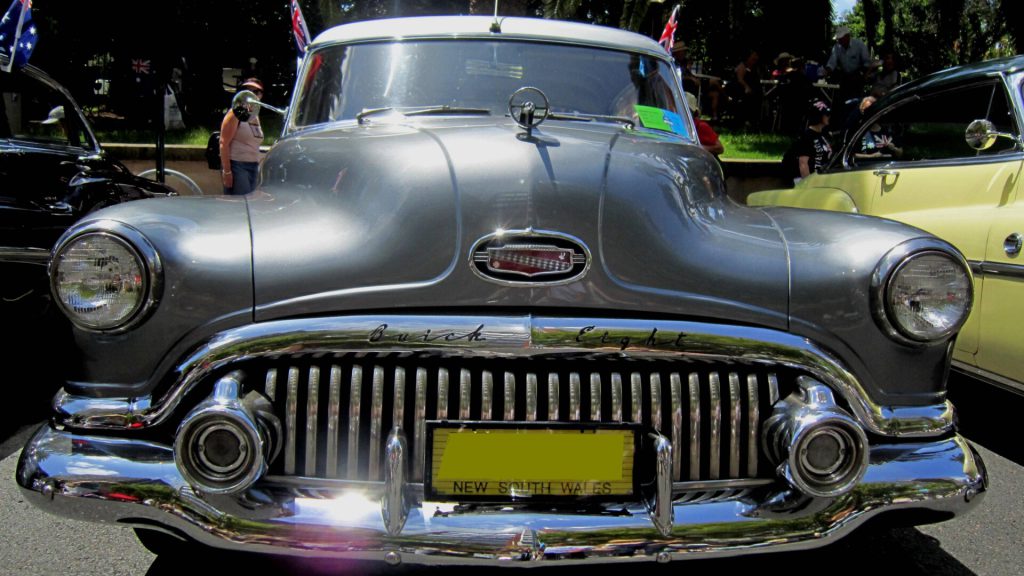
As half of Buick dealerships opt for buyouts rather than selling EVs, the writing may be on the wall for the brand that established General Motors over a century ago. If Buick’s electric offerings fail to gain traction, it could spell the end of an era.
Lucid: An EV Underdog on the Brink
Lucid Motors, a California-based electric car company, finds itself in a precarious position. While rival EV startup Rivian managed to manufacture over 54,000 vehicles in 2023, Lucid struggled to produce and deliver just a fraction of that number.
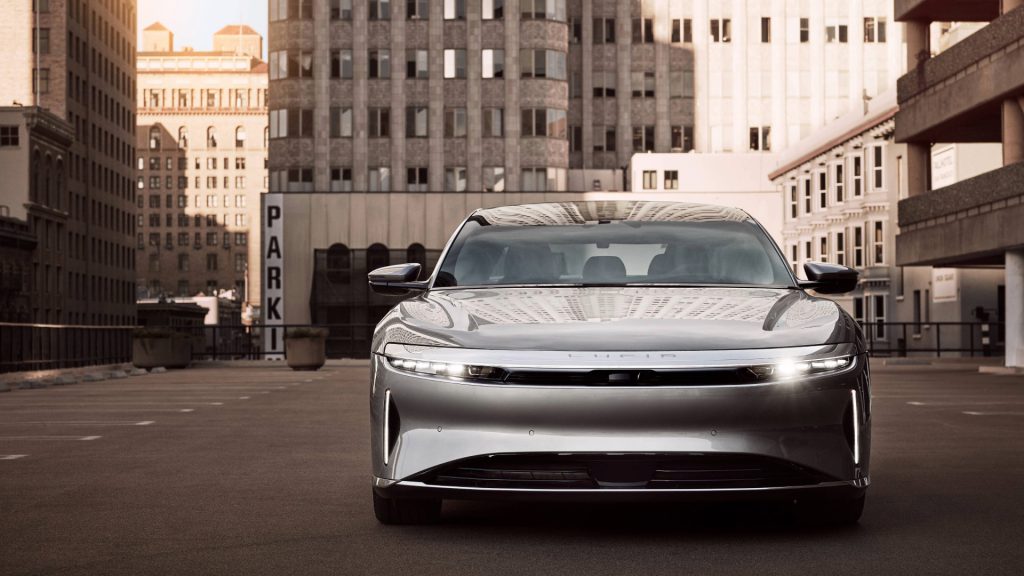
With only 6,000 of its 8,500 manufactured vehicles delivered, Lucid faces an uphill battle to establish itself in the competitive EV market. As the company continues to grapple with production and sales challenges, its future remains uncertain.
The Changing Landscape of the Automotive Industry
The automotive industry is undergoing a profound transformation, with the shift towards electric vehicles and the emergence of new players disrupting the status quo. As established brands struggle to adapt, they face the daunting task of reinventing themselves or risk being left behind.
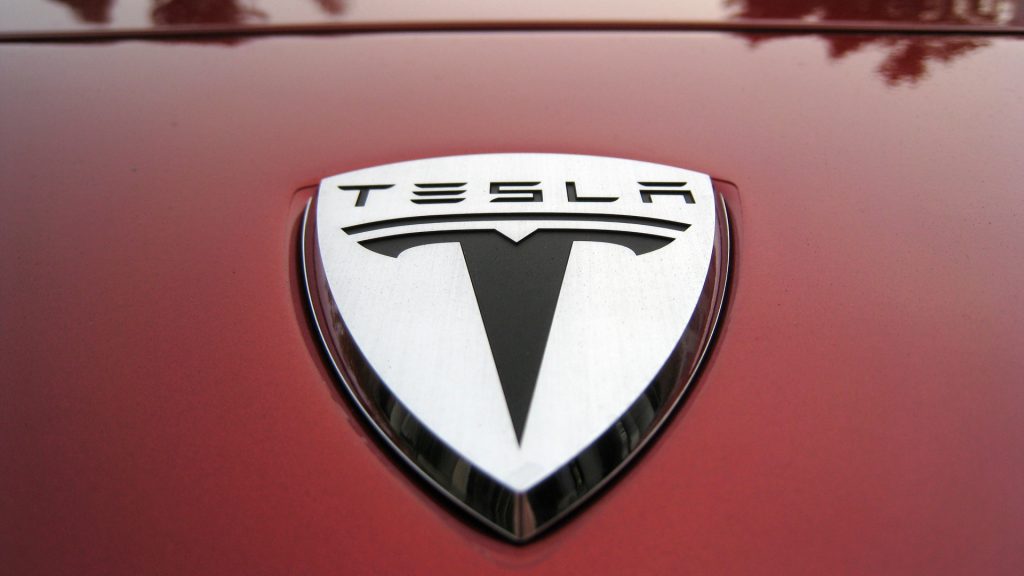
The companies on this list serve as cautionary tales, highlighting the importance of innovation, adaptability, and customer-centricity in an ever-evolving market. Those who fail to embrace change may find themselves joining the ranks of once-great brands that have faded into obscurity.
The Road Ahead: Challenges and Opportunities
As these automotive giants navigate the treacherous waters of the industry, they face a myriad of challenges. From the need to invest in electric vehicle technology to the challenge of appealing to changing consumer preferences, the road ahead is fraught with obstacles.

However, with great challenges come great opportunities. Those companies that can successfully adapt, innovate, and meet the evolving needs of consumers may emerge stronger than ever. The key lies in striking the right balance between tradition and transformation.
The Future of Mobility: Beyond the Brink
As the automotive industry continues to evolve, the future of mobility remains an open question. Will electric vehicles dominate the roads of tomorrow? Will ride-sharing and autonomous vehicles disrupt traditional ownership models? The answers to these questions will shape the destiny of the companies on this list and the industry as a whole.

One thing is certain: the automotive landscape of the future will look very different from the one we know today. The companies that can anticipate and adapt to these changes will be the ones to thrive in the years to come.

